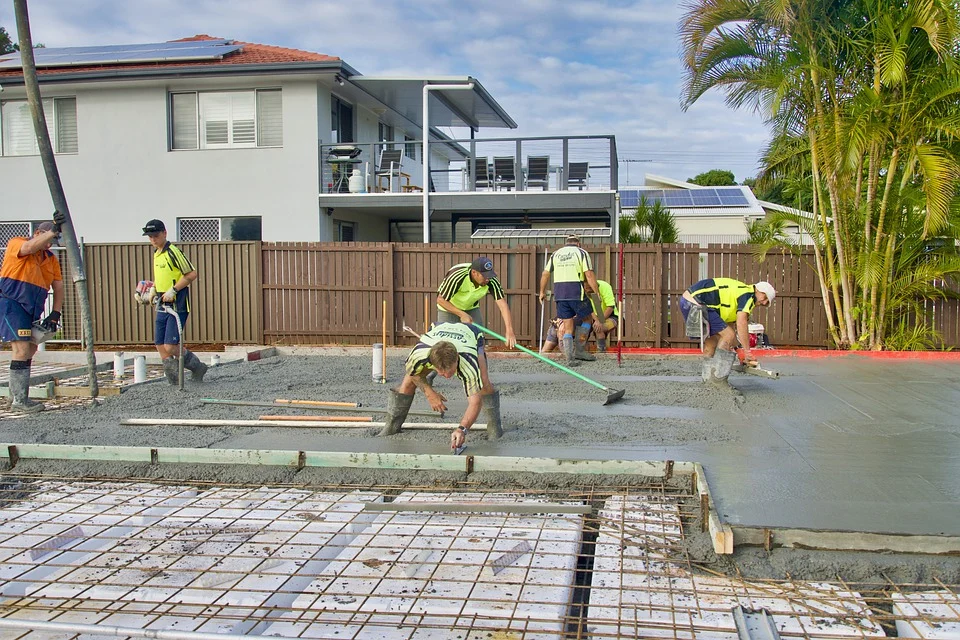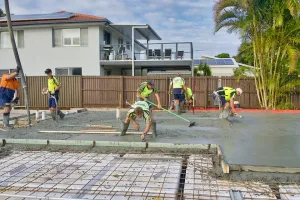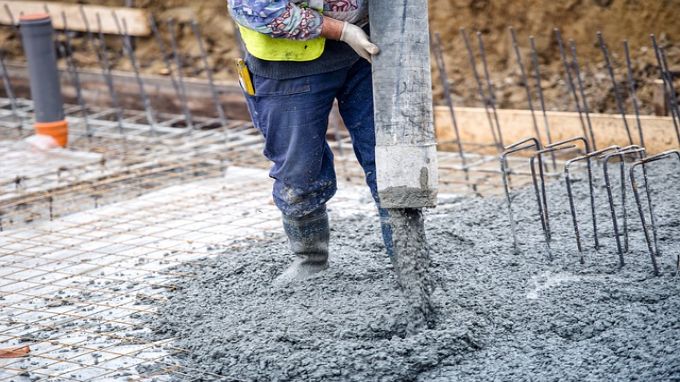offer many benefits, including being more cost-effective than wood, stone, or masonry. Concrete foundations are more difficult to build than traditional foundations. Concrete foundations are stronger than traditional concrete floors. Concrete strengthening methods, such as pressure treatment, can increase this strength.
The basic structural elements of a concrete slab foundation rows of steel rods embedded securely in the ground. The steel rods are equally spaced around perimeter walls. The spacing between the rows is six inches. For the steel rods’ ability to hold concrete, the concrete slab foundation should be at least three inches deep. The foundation may also need to be less than six inches thick if the home is a single story.
Concrete slab foundations can have a disadvantage in that plumbing leaks can be costly to repair. If the plumbing leaks are located inside the slab foundation the plumbing will probably not be affected but it may require extensive repairs. In addition, it may become necessary to remove or replace the concrete slab foundation in the future.
Each type of concrete slab foundation has its advantages and disadvantages. Concrete slab foundations are cost-effective and don’t require any additional building work. One time costs associated with concrete slab foundations are minimal. They are usually completed in less than one day. A concrete slab foundation can be completed in two days if it is properly installed by trained professionals.
Concrete slab foundations have a reputation for being easy to install. Because they use straight vertical slits they do not require the use of any specialized equipment such as hydraulic jacks or concrete footers. These foundation repair services are performed once and do not require soil to be retrained.
Concrete slab foundations are a popular choice due to their cost-savings. They are also considered to be a sound structure option because they provide structural integrity to a building that cannot be achieved by alternative methods. Slab foundations can withstand extreme weather conditions and are resistant to cracking, corrosion, and drying out. After the concrete slab foundation has been installed correctly, it will not need to be re-installed for many years.
There are many foundation types that can provide structural integrity, but not the same durability as concrete slab foundations. For instance, steel slab foundations are commonly used for highway construction where highways must be very durable in order to withstand heavy traffic. Steel foundations are made of lightweight steel and reinforced with steel slags or steel ties. They do not have the same wear and tear factor that concrete foundations do. Concrete is stronger and lasts longer therefore, steel foundations are often used as a temporary foundation solution when other foundations are not an option.
There are many types of foundations that can be used for residential and commercial purposes. The material melbourne underpinning that is used in the structure is often determined by the climate in which the structure is required to stand. In warm climates, concrete slab foundations are a popular option because they do not need to be as reinforced to withstand extreme weather conditions. Concrete slab foundations can be used in colder climates because they are more resistant to freezing or thawing temperatures. Concrete slab foundations can be a smart investment in hot climates. This is because they are easier to use when building structures in this type climate.




